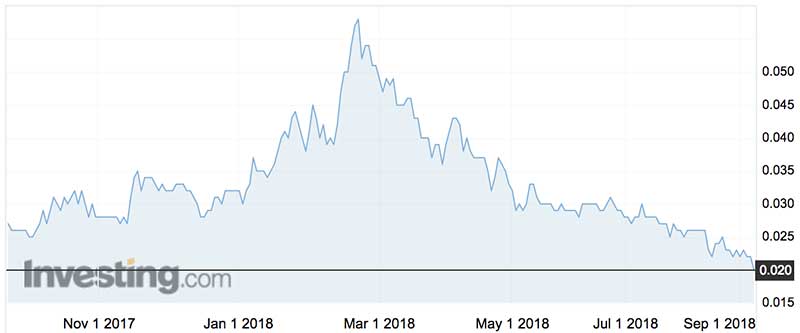Ausgold due for a upgrade as WA’s wheat belt hots up
Mining
Mining
Barry FitzGerald writes his legendary Garimpeiro resources column weekly for Stockhead
The hostile $54 million scrip bid by Ramelius for gold developer Explaurum has shone a light on the sparsely explored gold potential of the wheat belt region of south-west Western Australia.
The wheat belt is Explaurum’s (ASX:EXU) patch, with the spurned bid by Ramelius (ASX:RMS) representing a 66 per cent premium to its pre-bid price.
Explaurum’s attraction to Ramelius is its 675,000 oz (and growing) Tampia deposit near the wheat belt town of Narembeen.
Success with the bid – which is doubtful on the current terms – would see Ramelius truck Tampia ore to its Edna May treatment plant, 130kms by road to the north.
But Ramelius also identified the regional exploration potential around Tampia as one of its motivations for the bid.
Others agree that the wheat belt’s greenstone belts are under-explored compared with the greenstone belts of the crowded Eastern Goldfields.
The now $540m Gold Road (ASX:GOR), which made a name for itself with its 6 million oz gold discovery on the equally under-explored Yamarna belt 200km east of Laverton in WA, is looking for repeat performance in the wheat belt in an exploration joint venture with the newly minted junior, Cygnus (ASX:CY5).
But today’s interest is in a wheat belt stalwart, Ausgold (AUC).
It is trading at 2c a share for a market cap of $13 million even though it upgraded the resource estimate for its Katanning project, 40km north-east of the wheat belt town of the same name, to 785,000 ounces in August last year.

What’s more, the project is in line for another resource upgrade to around the 1 million oz mark by the end of the year, based on drilling results since the last resource update and the company’s much better understanding of what controls the mineralisation.
On the enterprise value to resource ozs metric, Ausgold has one of the lowest multiples of its developer peers, if not the lowest.
The current low valuation of its ounces in-the-ground reflects disappoint that the multi-million oz potential of Katanning promised back in 2011 was not delivered. But a more recent corporate shake up of board and management has the market listening again.
$2.4 million placement
That the market is again listening was reflected in Ausgold being able to put away a $2.4m placement at an above-market price of 3c a share in June.
Part of the shake-up saw seasoned geologist Matthew Greentree become managing director last year. He was formerly principal consultant and geology group manager at SRK Consulting.
“The reason I took on the job is that there is a real opportunity to find a multi-million ounce deposit. I truly believe that. The project has all the hallmarks of a large mining camp,’’ Greentree told this column.
The resource at Katanning currently stands at 20.9mt grading 1.17g/t gold, with the grade being on the lowish side of things. But under Greentree the company has developed a new geological understanding of the controls of the high-grade gold mineralisation encountered within the project.
That was highlighted in April when Ausgold reported its highest grade hit to date of 26m grading 6.6 g/t gold from 117m, including 4m at 37.19g/t from 119m, at the Jinkas South prospect.
Ausgold said at the time that the hit continued the positive run of results that was “likely to add materially to the global resource.’’
Part of the building interest in the newly focussed Ausgold has been the identification of two mineralised trends to the west of the 315,000 oz Jinkas deposit, the key contributor to Katanning’s 785,000 oz resource.
Historical auger sampling at 1km centres points to a broad zone of gold anomalism which is coincident with interpreted structural sites. Drilling is planned.
“It might not be the first time in history that people might have looked at the wrong area. Until we step off and start looking at those structures we really don’t know what we’ve got in the region,’’ Greentree said.
“One of the previously unrecognised structures extends for 10kms. We’ve been soil sampling over it on wide-spaces and it’s showing similar characteristics to the main trend which is over 20kms.’’
“We are looking at building a bigger project. I think there will be multiple resource areas.’’